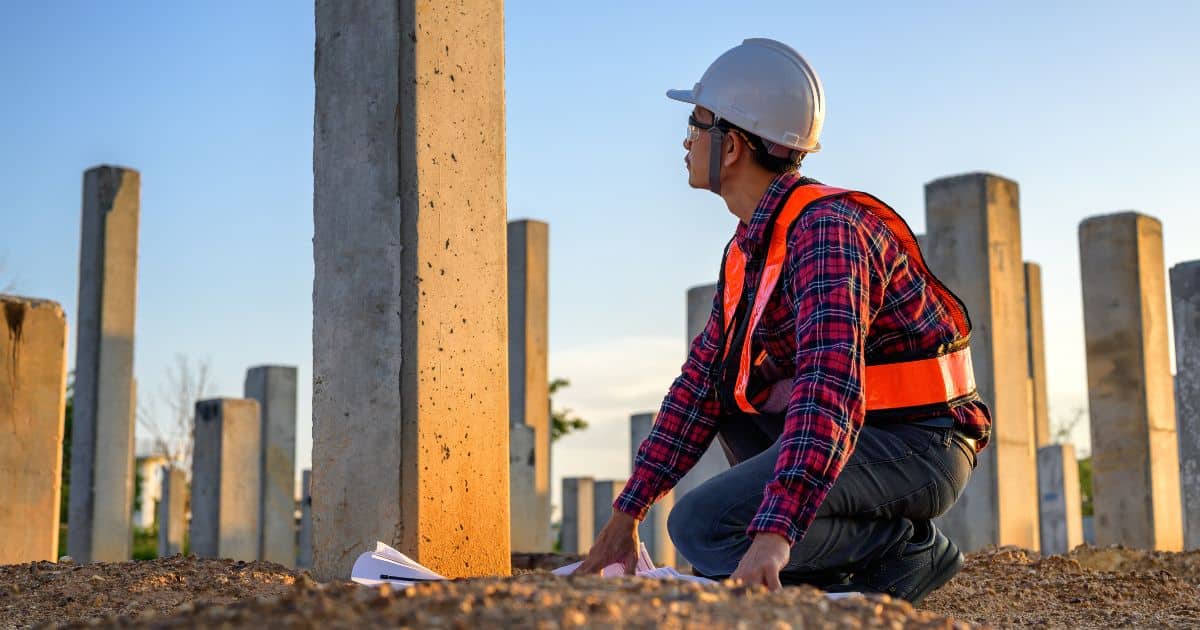In order to design stable buildings, you have to take into consideration the different types of building loads and how they affect certain structures.

Loads, in simple terms, are the external forces that can damage or put undue stress on a structure. When designing a building, you need to keep in mind the loads a building may experience during its lifespan to avoid structural problems. There are five different types of loads, and they fall into one of two categories, known as vertical and horizontal loads. Understanding the different types of building loads is a critical part of designing safe and structurally sound buildings.
Live Loads
A live load is a type of vertical load that’s prone to change over time. It can include things such as people, furniture, goods, or other moving objects in a structure. A live load may concentrate in one area or distribute itself throughout a structure and involve several variables, such as acceleration, impact, and vibration. Being aware of the types of live loads a structure may face is helpful when designating a maximum weight capacity.
Dead Loads
Dead loads are another type of vertical load and refer to the entire weight of the structure, such as walls, roofs, and floors. This type of load is much easier to calculate, as it doesn’t change. You can calculate the dead load by adding the weight of the materials used and how much of said material you used. You add live and dead loads together to obtain a general estimate of the total loads that a structure will experience.
Snow Loads
Snow load is the last three of the vertical loads and is the load that can impose on a structure due to snow accumulation. Here’s where we get a clearer idea of how materials and geographical location can impact building codes and a building’s design. You only need to consider snow loads when a structure is in a snowy region. Additionally, the materials you use to build the structure have to stand up to the average weight and moisture of that area’s typical snow accumulation.
Wind Loads
Wind load is one of the two types of horizontal loads and refers to the pressure a building faces as it obstructs airflow. Wind loads typically exert a uniform pressure on structural components like walls and roofs and are most likely to disturb the overall stability of a structure. Once again, you must consider geographic location and the average duration of wind flow. However, when seeking to understand the different types of building loads, you need to think about how building materials can also significantly impact a structure’s overall stability. For example, the wind load building codes for fabric structures versus those of traditional homes for areas prone to heavy wind loads will be very different.
Seismic Loads
Seismic load is the second of the two horizontal loads and is the force that internal ground movements or earthquakes exert on a structure. However, seismic loads can also be vertical loads in some instances. While some areas may be more prone to earthquakes than others, virtually every geographical location in the world can have them. Therefore, most buildings must meet some form of building code for seismic loads, and areas prone to these shifts must meet even higher standards.





